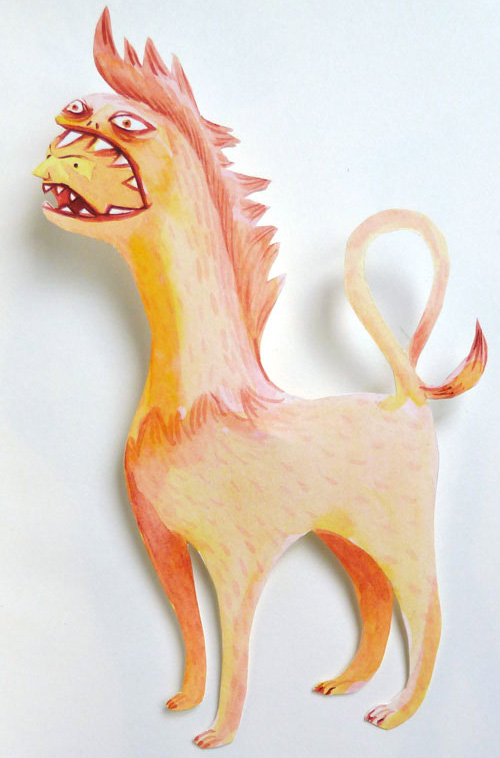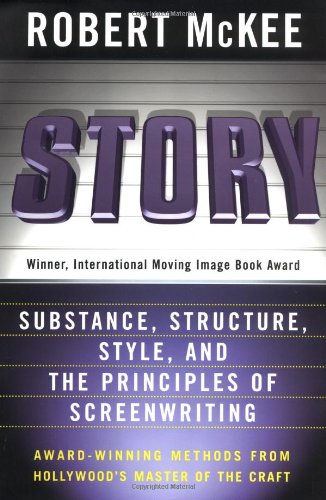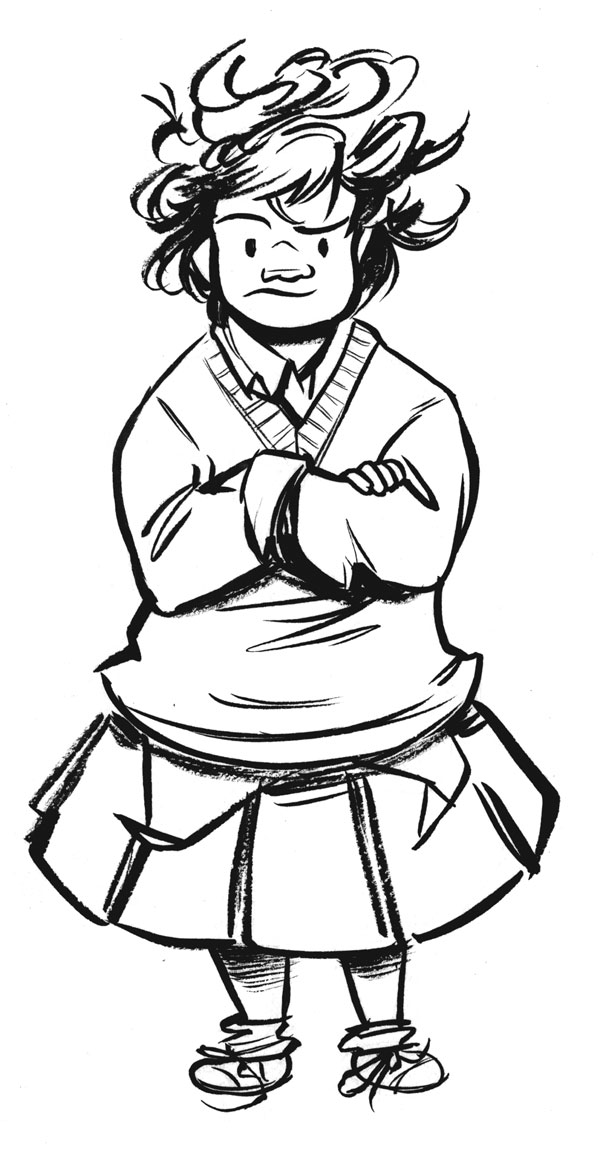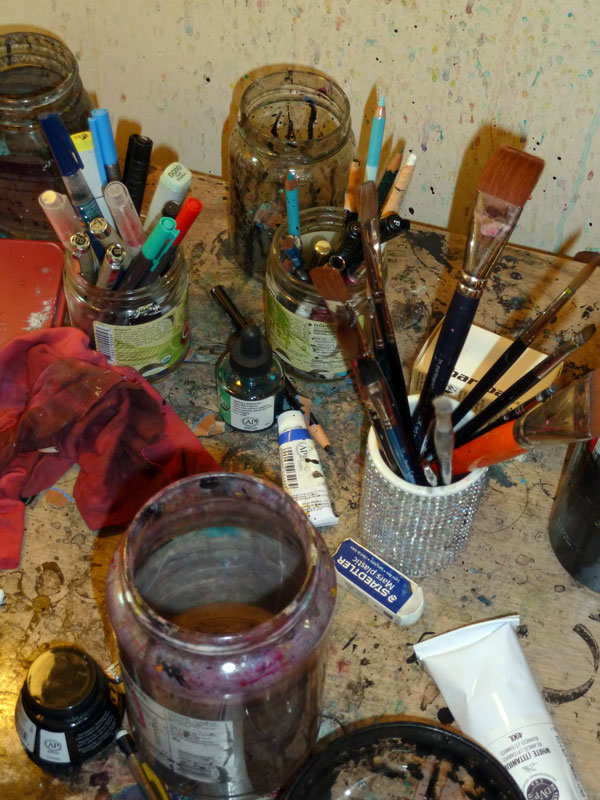I here and now, must make a confession. It’s not easy for me to say, but I am an addict. First thing in the morning, last thing at night, during breaks, in the middle of the night, during lunch, when I should be doing laundry, I’m reading. It doesn’t matter if it’s a used paperback or an ebook, I’ve got to read it.
Over the last few years, I’ve developed an intense focus on story structure and the writing process, so now I’m addicted to reading books about how to write and how to structure a good story. By and large, most of them are awful, a few are entertaining, and there are even a rare few that are actually useful. Those books are not exactly the easiest to read, and have often caused me to feel uncomfortably foolish “You’re reading WHAT?” But, here they are, in all their glory, my favorite books on storytelling:

 From Where you Dream, Robert Olen Butler
From Where you Dream, Robert Olen Butler
I tend to think of the writing process as having two halves, diametrically opposed, and both completely necessary. On one side you have the structure, engineered using the tools of storytelling like acts, character arcs, climax and catalyst. Then you have the other side, the magic. What does it matter if you’ve constructed a story, if you don’t give it a spark of life? Your story lies there, cold, dead, and unmoving.
My school of thought is that the magic in storytelling isn’t necessarily something that you’re born with. It’s a skill that requires careful attention, and constant practice. Like anything else, the more you use it, the better it gets, and if you don’t use it, well, you loose it. It’s also a skill that isn’t easy to talk about, which is why this is a rare author who is willing to talk about the chaos that precedes order.
Please get out of the habit of saying that you’ve got an idea for a short story. Art does not come from ideas. Aft does not come from the mind. Art comes from the place where you dream. Art comes from your unconscious; it comes from the white hot center of you.
This book is the opposite end of the spectrum. It’s the most formulaic, reductionist books on storytelling I could find that still makes sense. It dispenses with chaos entirely and lays out the most basic engineering tools of writing a good story. How do you make your characters likable? How do you construct an arc that keeps the audience’s attention? How is a coming of age story different from a hero’s journey? I am a big believer in understanding nuts and bolts, for me this was a great way to start.
 Story: Substance, Structure, Style, and the Principles of Screenwriting, Robert McKee
Story: Substance, Structure, Style, and the Principles of Screenwriting, Robert McKee
Now, for nuance. I find that the writing process is anything but rigid and formulaic. McKee has a firm grasp of the fundamentals, but he shows you that if you are dedicated and well provisioned writer (graphic novelist), that you can clear your way through cliche to get to something original.
“If the story you’re telling, is the story you’re telling, you’re in deep shit.”
― Robert McKee, Story: Style, Structure, Substance, and the Principles of Screenwriting


